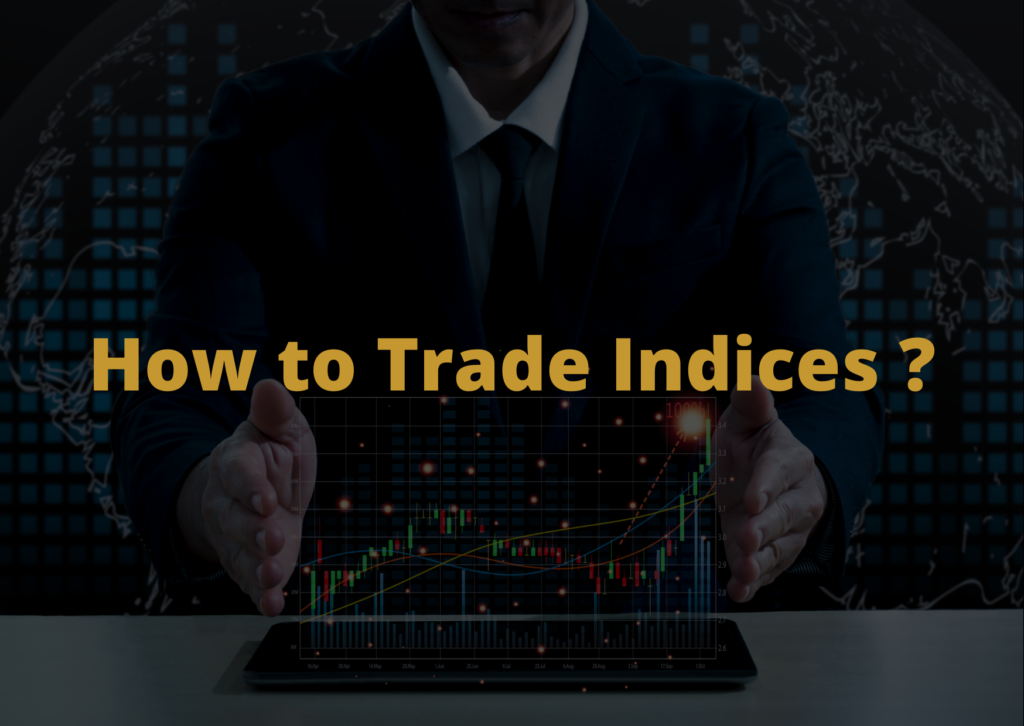What are indices, and how do they work?
An index, such as the Dow Jones Industrial Average or the Nasdaq Composite, uses a standardised method to monitor the overall performance of a group of assets. This performance is widely regarded as indicative of the general direction of a specific market segment. These indices are then used as standard benchmarks to assess the performance of a specific investment.
The Dow Jones Industrial Average, for example, includes 30 major companies listed on stock exchanges throughout the United States, including Apple, McDonald’s, Visa, Coca-Cola, Johnson & Johnson, Microsoft, and others. More focused indices, on the other hand, may only track a single industry or market segment.
Each index has its own distinct characteristics and can be significantly influenced by a wide range of factors, including economic events, currency pressures, trade wars, supply shortages, national or global politics, natural disasters, and economic sentiment.
What exactly is indices trading?
The purchase and sale of a stock market index is known as index trading. Index trading is a passive and simple way for participants to access financial markets without having to directly purchase an organization’s stocks because an index technically represents the overall market performance of a group of stocks.
What are some of the benefits of index trading?
Index trading is considered less risky than selling or buying individual shares of a company because you are trading a collection of them. When the value of the stocks in an index rises, so does the value of the index. However, if the value falls, so will the index’s value.
Indices provide traders with a simple way to assess market health. This assessment allows participants to identify the current state of the market as well as the market’s reaction to previous events, which can help them make better decisions and predictions.
How are major indices determined?
Stock indices are calculated in two ways: indirectly and directly. Each takes several different factors into account, but the weight given to each underlying stock in the index is a major difference between the two concepts.
The prices of each stock in an index are added together when calculating a stock index directly. According to this method, the value of each stock is the same, and no stock is more valuable than another.
When using the more common indirect method to calculate stocks, the average price of an index’s underlying stocks is multiplied by the average trading volume of each individual stock. These figures are then added together to calculate the trading turnover weighted price. The value of the underlying stocks is not the same when calculating indexes indirectly, and some are considered more valuable than others.
What are the most widely used indices?
Indices are classified into three types: global, regional, and national. Global indices track equities in various parts of the world. The MSCI World Index, which tracks mid-cap to large-cap equities in 23 countries, assesses market performance in various sectors.
In addition to the MSCI, some of the most popular and traded indices are the FTSE All-World Index, Dow Jones Global Titans 50, S&P Global 100 Index, and S&P Global 1200 Index.
The S&P Asia 50 Index, the S&P Europe 350 Index, and the S&P Latin America 40 Index are all regional stock markets. China’s SZSE Component Index and Germany’s TecDAX Index are two national indices.
What factors influence index prices?
Indices can be influenced by a wide range of events or factors, including political events and internal shifts within organisations within a specific index. Let’s look at some of the factors that can affect index prices:
An economic environment that is changing, shifting, or unpredictable: Inflation, high unemployment rates, consumer spending, earnings events, and other factors can all cause an index to rise or fall. For example, the DJIA fell more than 800 points in early June 2022 as a result of a sharp increase in national prices and low consumer sentiment.
Internal changes within index companies: Policy changes, hiring initiatives, mass layoffs, and other events within a company can all have an impact on its stock. For example, during the first quarter of 2022, Netflix lost more than 200,000 subscribers, and its value plummeted. This precipitous drop resulted in a Nasdaq drop.
Market sentiment describes how investors feel about a particular financial market or security. Price movement and market activity can reveal market sentiment. The CBOE Volatility Index, which measures price movements and volatility in the S&P 500 over a 30-day period, is the most widely used market sentiment index.
War, peace treaties, tariffs, trade agreements, and other political events can all have an impact on indices.

